How to sow petunia seedlings?

Among the wide variety of flowering plants, petunia is one of the most beloved by flower growers. It is widely used to decorate flower beds and flower beds. This is due to its colorful and long flowering. But for the successful cultivation of petunias in the ground, you need to know how to properly grow it for seedlings.
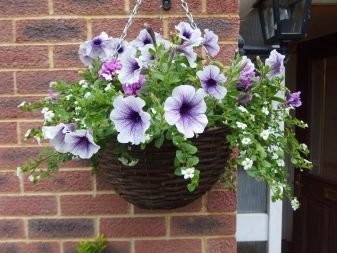
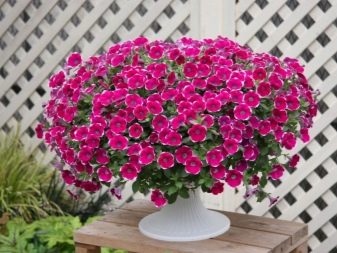
Landing dates
The main method of growing petunias is the seedling method. If you sow it directly into the soil, then, depending on its variety, it will bloom only at the end of summer, that is, 2-3 months after seed germination. Therefore, it is recommended to sow it for seedlings and do it in advance.
It is possible to transplant the grown seedlings to a permanent place in the ground only after the onset of stable heat and in the absence of the threat of frost, since the plant dies at temperatures below zero. Petunia seeds are extremely small in size, so a certain time is required for their germination.
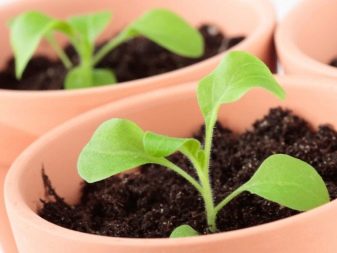
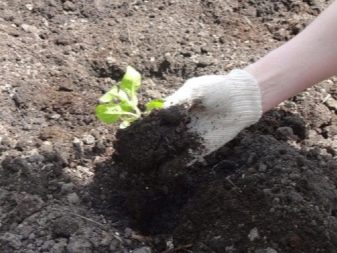
The timing of planting a flower for seedlings depends on many factors. First of all, this is the desired flowering time. In order for the petunia to bloom in May, it is required to plant it for seedlings in January. Petunia, planted in February-March, blooms in summer.
Plant variety and species also affect planting timing. Ampelous and cascading petunias are planted 2 weeks earlier, since germination is slower and the development of long shoots also requires a longer time. Terry petunia is planted in early February. Sowing of small and large-flowered bush petunias starts from February 15 and is planted until the end of the month. It takes 2 to 2.5 months to grow before flowering.
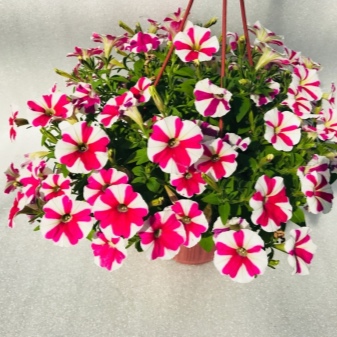
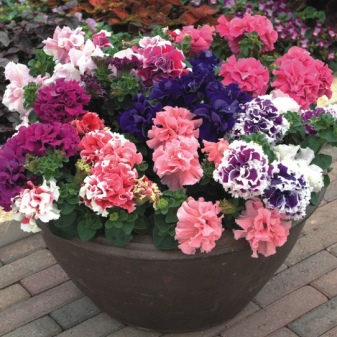
The quality of the seeds is also important. It is advisable to purchase seeds from reputable producers. One of these manufacturers is Pan American. In addition to the name of the variety and its brief description, the optimal planting dates are also indicated on the packaging from Pan American. They must be adhered to.
Planting times are determined by several factors.
Depending on the region
Climatic conditions have a great influence on the timing of planting seeds for seedlings, since spring in different regions comes in different ways. It is necessary to sow seeds for seedlings in such a way that by the time of planting in the ground, the flower has developed well, formed a bush with a sufficient number of full-fledged leaves and, possibly, even buds. This takes 2.5 to 3 months. Seedlings are planted in a flower bed after the heat is established, when there is no threat of frost.
For central Russia and the Moscow region, the most optimal month for sowing seeds is February. Seeds of bush varieties of petunia are best planted in the last decade of February and before March 15. Ampel varieties - from the 1st half to the end of February.
Until May, the plants will form well and the seedlings can be planted in open soil.

The climate of the Leningrad region is somewhat harsher; the warmth here comes only in June. Therefore, the seeds of ampelous petunia need to be sown from the 15th to the end of February, and the bush petunia should be sown in March or early April. You can plant seedlings in the ground starting from the first days of June.
In the Urals and Siberia, warm weather is also established later, so the timing of planting seedlings in open ground is postponed to the end of May - the first ten days of June. To grow seedlings by this time, seeds are sown in the second decade of March. Earlier sowing will lead to overgrowth of seedlings, therefore, seedlings planted in the soil will take a long time to take root.
In the Volga region, the timing of sowing seeds for seedlings is almost the same as in the Moscow region, that is, this is the last decade of February, but no later than March 15. But in warmer regions of the Volga region, planting of seeds can be carried out a little earlier (by about 7 days).
The warm climate of southern Russia makes it possible to extend the time period for planting petunia seeds for seedlings. You can sow in any month and even in January.
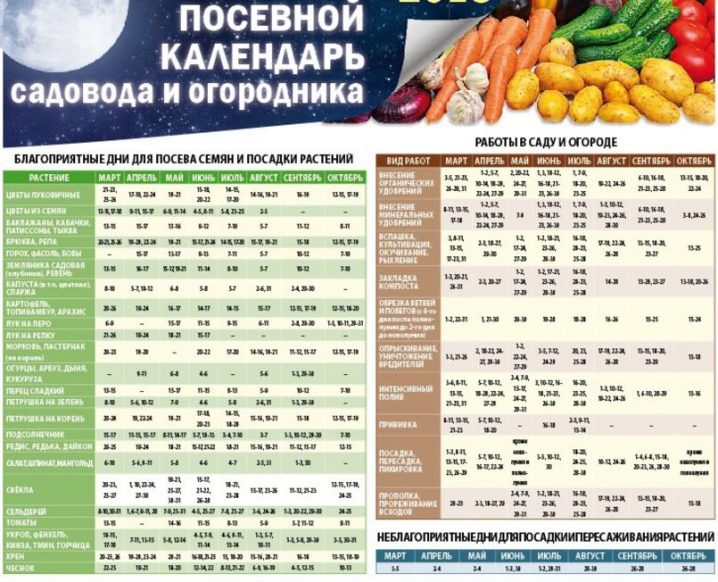
Lunar calendar
Planting seeds and planting seedlings in the ground according to the lunar calendar is very popular, where the most favorable days for sowing are indicated. It is used by many gardeners and gardeners. For a petunia, the best time to plant is when the Moon is in constellations such as Capricorn, Aquarius, Pisces, Taurus and Gemini.
All subsequent actions for growing petunias (picking, feeding, planting in open soil) are not recommended to be carried out during the New Moon and Full Moon, including the next 12 hours before the onset and after the end of these lunar phases.


By manufacturer
Manufacturers indicate the minimum required information on the seed bags. In addition to the name of the variety and its description, first of all, information is given on the growing conditions, the time of planting seeds for seedlings and the timing of transplanting into open soil.
The exact dates are not named, limited only to the indication of months: for planting seeds for seedlings, February and March are called, and for transplanting it into the soil, May and June. Depending on the type of petunias, the following terms may be recommended: for ampel petunias - January, and for dwarf petunias - February-March.
Such a determination of the timing implies taking into account the climatic features of the region and the recommendations of the lunar calendar.
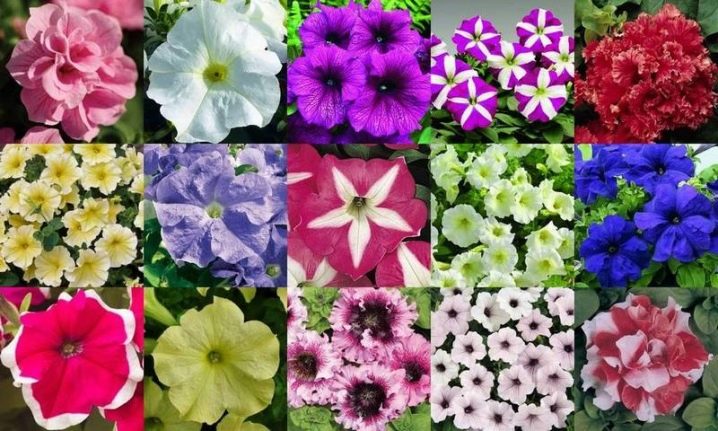
Preparation
A characteristic feature of petunia is its extremely small seeds - in the range of 0.2-0.5 mm. This creates certain difficulties when landing. However, there is such a type of its seeds as pelleted or granulated seeds. Each of the seeds has a special coating - a shell containing nutrients that have a beneficial effect on plant growth.
It is better to use these seeds when planting, as this is the easiest way to plant flowers. The package contains instructions that indicate the required optimum storage temperature for seeds, as well as the conditions for their successful germination. They consist in the need to maintain constant soil moisture in order to ensure the dissolution of the shell and further germination of the seed.
In addition, the packaging must indicate the manufacturer, expiration date, variety name and flowering period, as well as the size of the bush of an adult plant.
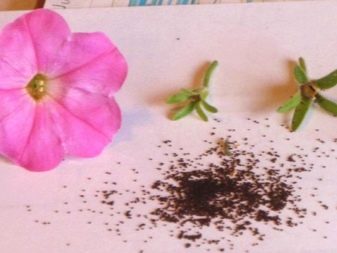
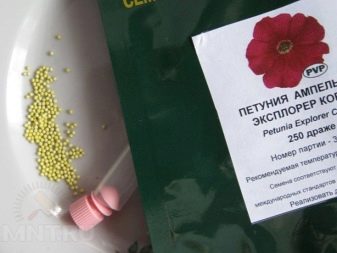
Selection and preparation of seeds
The choice of seeds is important. First of all, before buying, you need to decide on the type and variety of the flower. There are a huge number of them with various colors and shapes of the bush. When choosing a variety, the place of future growth of the plant is taken into account.
In open soil, it is better to grow large and multi-flowered varieties of bush petunias - "Fantasy", "Mirage", "Charm", "Polaris" and others. Small-flowered varieties are most suitable for growing in bowls and flowerpots, and dwarf ones are used to decorate borders. Ampel and cascade species are used to decorate flower beds (mini-petunias), gazebos and verandas, hedges and balconies, and arches.
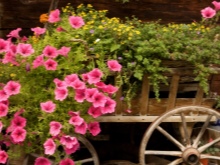
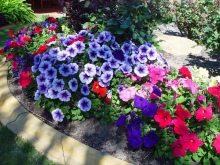

The seeds must be of high quality and meet the expiration date. Expired or expiring seeds may have very low germination rates. There are a large number of seed producers, but not all seed quality meets the requirements. Therefore, it is recommended to purchase seeds from reputable producers.
According to the gardeners' reviews, such companies produce quality products.
Agrofirm "Poisk" produces seeds both for amateur cultivation and professional for agricultural producers or farms.
The firm "Russian Garden" is popular for its series "Russian Size". Flowers in this series are large in size.
"Aelita", "Gavrish" and "Sedek" - these firms are widely known and popular with consumers and are the leaders in sales.
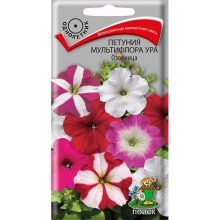

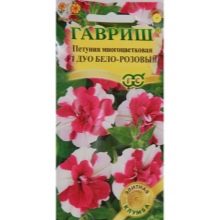
But those growers who grow petunias every year prefer to collect seeds on their own. They must be collected in dry weather and only dark, cracked, but not opened seed pods should be cut off.
Before planting, the seeds must be prepared. Usually preparation consists of carrying out stratification. It is carried out in this way: wet sand is placed in a container and petunia seeds are distributed on its surface. Then the container is covered with polyethylene, placed in the refrigerator and kept for about 2 months. The sand is watered periodically.
The film can be removed at the end of the period when the container is taken from the refrigerator. Stratification is usually done if the seeds were harvested on their own. Purchased seeds do not need to be subjected to this procedure.
Some growers test seeds for germination. To do this, gauze (or bandage) is moistened with a light pink solution of potassium permanganate and seeds are placed on it. They should hatch in about a week.
You can sow petunia if there are more than half of such seeds, but their number needs to be increased. When determining the time for planting such seeds, it is necessary to include the entire period of their stay in a humid environment, and not just the day when the seeds will be sown into the soil.
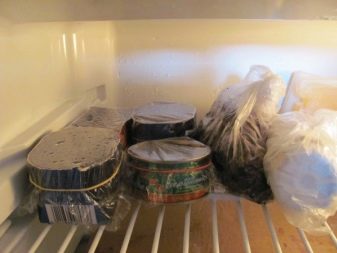
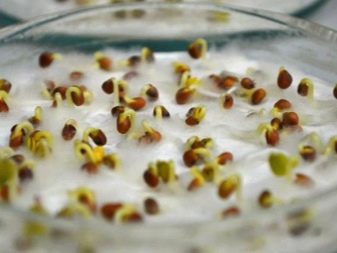
Soil and capacity
A suitable soil is required for successful germination of seedlings. Loose, fine-grained soil is required for petunias. In terms of the nutritional value, it can be of an average level, and the acidity of the soil is either low or neutral. The following types of soil are considered optimal for a plant: sandy-loamy, loamy or sandy-clayey.
Usually they use ready-made special soil for flower seedlings. Experienced florists advise using a mixture of several types of flower soil. Since any one specific substrate may not be completely suitable for petunias, a mixture of several types of soil, complementing each other in content, will fully meet its requirements.


You can also prepare the soil yourself. It should consist of the following components: humus, sod earth and sand - 1 part each, peat - 2 parts, ash - 0.5 parts, perlite - a small handful and potash fertilizer - 1 tablespoon. The composition is well mixed and small pebbles are selected, as they can interfere with seed germination.
Other potting mix options are also possible.
Humus, turf and peat - 2 parts, sand - 1 part, vermiculite (perlite) - 1 handful. Instead of sand, you can use coconut flakes.
Peat - 7 parts, clay - 3 parts.
Peat, sand - 1 part, loam - 2 parts.
Peat and loam equally. Loam can be replaced with perlite.
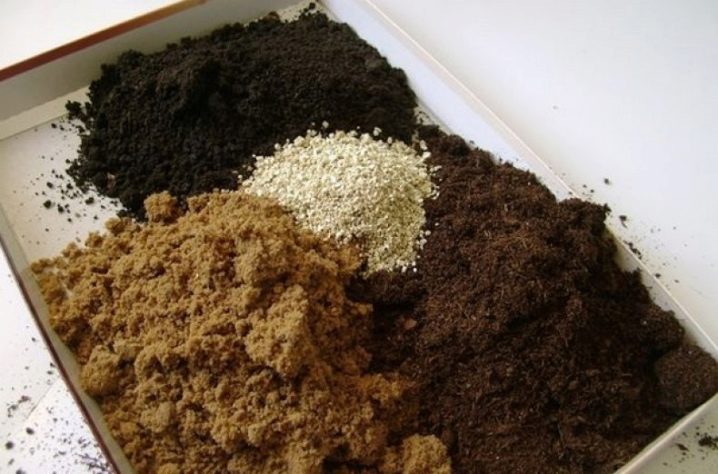
Before sowing in 24 hours, the substrate must be watered with a solution of potassium permanganate or heated in the oven for an hour. This is done to disinfect it. It is possible to use different containers as a container for growing flower seedlings. You can sow in a small hanging planter with drainage holes in the bottom, bowls. Such containers are also used.
Containers... Usually this is a plastic container, which is convenient to carry from place to place if necessary.
Peat tablets Is a new and very effective option. Its convenience lies in the fact that such tablets only allow sowing a few seeds. This ensures good germination and strong root development.
Cassette. They come in different sizes, which allows them to be used for growing different crops. For petunias, it is better to use cassettes with 10 cm sections.
The material at hand is also often used: containers for ice cream, cookies and other products, cups for yogurt.


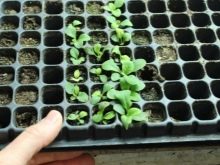
Landing rules
You can sow petunias for seedlings in different ways. It is easier to sow pelleted seeds. For this, the substrate is placed in a container, compacted well, watered, and then compacted again.
Seed granules are spread on the soil surface at a distance of about 3-4 cm from each other. Row spacing is approximately 5 cm. Then the sown seeds are covered with a small layer of peat and slightly moistened using a spray bottle.
The main rule of sowing ordinary seeds of this flower is that after distribution on the surface of the substrate, it is not required to cover them with soil on top.
Regular seeds are sown in this way.
Sowing on the snow... A compacted layer of snow, approximately 0.5 cm thick, is placed in a container on top of the soil. Seeds are then sown on it. On white snow, dark petunia seeds are clearly visible and can be dispersed more or less evenly over the ground. A sharpened stick or toothpick can be used to distribute the seeds. When the snow melts, the substrate is moistened, while the seeds with the snow penetrate into the soil to the required depth. There is no need to add soil to the container.
Sand landing... Seeds are added to the sand, everything is thoroughly mixed. This mixture is evenly placed in containers with soil.
Landing on toilet roll paper. Plain paper is used, it is not recommended to use three-layer paper. Seeds on paper are also clearly visible and can be dispersed. In addition, the paper will not allow the seeds to sink to the depth. When wet, it will quickly dissolve and allow the roots to grow actively.
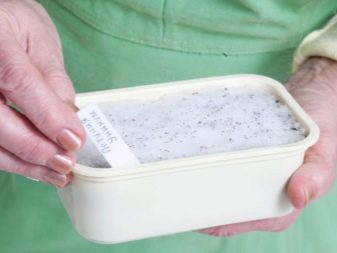
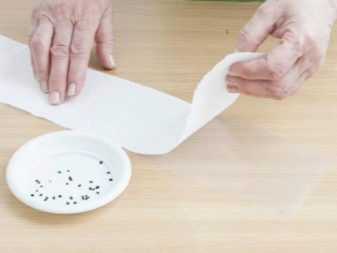
Another method of sowing petunias is done this way.
Take a piece of dense polyethylene of any length with a width corresponding to the width of the toilet paper roll.
It is covered with 2-3 layers of paper, which is then moistened with a spray bottle.
Step back from the top of the edge about 0.5 cm and place the seeds along the length of the tape at a distance of about 3 cm.
The paper tape is carefully wrapped, forming a roll, and loosely fastened so that it does not turn around. You can use an elastic band or thin string.
The resulting roll is placed in any container so that the edge with the petunia is on top.
The container is placed in a warm room and further maintains the moisture content of the paper. When the seedlings grow up and they need to dive, the roll is opened, and the seedlings are planted in containers with soil.
For planting, it is possible to use peat tablets. To do this, they are placed in containers and poured with boiling water. After the tablets have cooled and swollen, seeds are sown on them. This method is especially effective for planting pelleted seeds. 1-2 seed pills are placed on each tablet.

Planting petunias in boiling water is the newest method. Once the seeds are spread on the surface of the substrate, they are poured with boiling water from a syringe (or pear). You need to plant petunia in this way in plastic containers.
Containers with petunias planted in any of the described ways are covered with foil (or glass) and placed in a cool and darkened room for about 7 days, after which they are transferred to a warm place.
But if stratification was carried out before landing, then the containers are immediately placed in a warm room with a temperature of at least +24 degrees.
Follow-up care at home
Like any culture, petunia requires care after planting. It consists in the regular implementation of standard actions
Watering
This delicate flower should be watered carefully and carefully, since it has very fragile seedlings. Watering should be moderate and done as needed. A dry crust should not be allowed to form on the soil surface, as it prevents air from reaching the roots. And this can cause the death of the shoots. Excess moisture causes fungal infections such as blackleg.
It is best to water the delicate seedlings of the plant using the chiseled watering method and directly under the root system. The regularity of the procedure is 1 time in 2-3 days. You can only use warm, settled (during the day) water for this. For root watering, a syringe, pipette or syringe is most often used.
It is impossible to spray seedlings from a spray bottle until the flowers are well grown. A greater effect of watering is achieved if it is carried out in the evening, since it is in the evening that seedlings grow more actively.
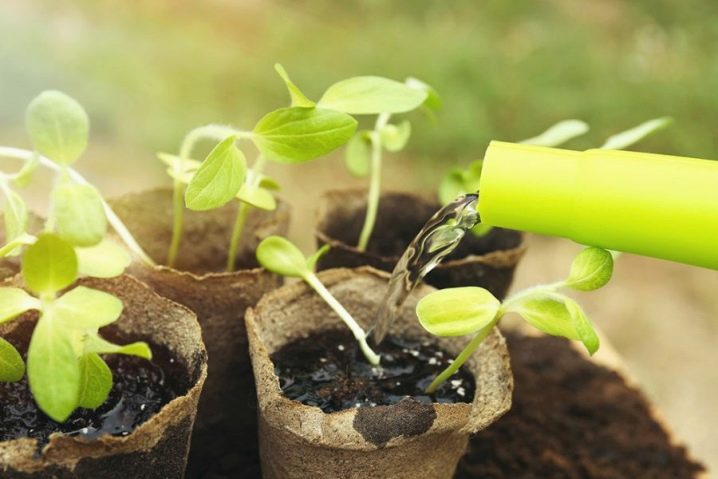
Airing
Aeration allows you to maintain an optimal level of humidity. Therefore, the airing of the seedlings should be carried out immediately after sowing the seeds, but in the first days the film is removed for only a few minutes.
After emergence, aeration takes about 10 to 20 minutes. As the seedlings grow, the duration of airing is gradually increased and brought to 2 hours a day.... Before closing the container again, wipe the film surface dry to remove condensation drops.
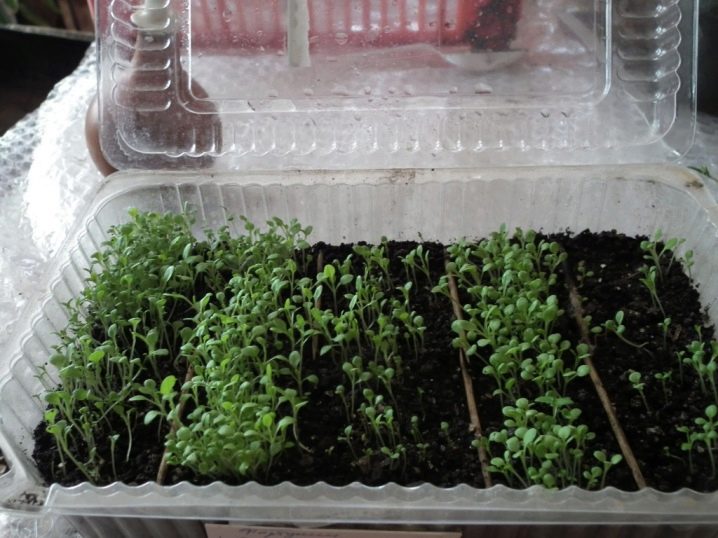
Lighting
Containers with seedlings are kept in a bright room with good lighting, but in places inaccessible to direct sunlight. The required length of daylight hours for a petunia is approximately 16 hours. In winter, under conditions of short daylight hours, young shoots need additional illumination.
With a lack of lighting, seedlings will not grow strong and healthy. They will reach for the light, resulting in a long but weak stem. In addition, additional illumination promotes the rapid formation of flower buds.
Illumination is carried out until about April, using a phytolamp, which is placed near the container. In addition to phytolamps, fluorescent lamps can also be used.
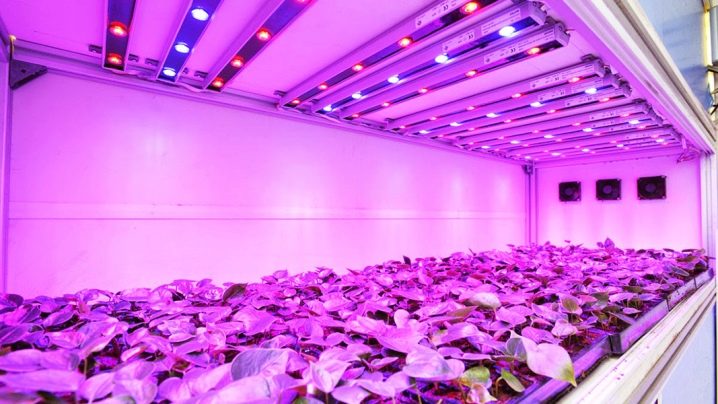
Temperature regime
The temperature in the room where the containers with seedlings are kept should be at least + 20- + 22 degrees. At this temperature, they are until shoots appear. Approximately 20 days after that, when the seedlings get stronger, they begin to harden them.
Petunias create cooler conditions of detention: the temperature in the room should be about + 16- + 18 degrees. To do this, the window is temporarily opened to allow cold air to enter, but only if the weather is not too frosty.
Re-stratification is carried out before transplanting flowers into the soil: in 30 days it is put on a veranda or balcony.
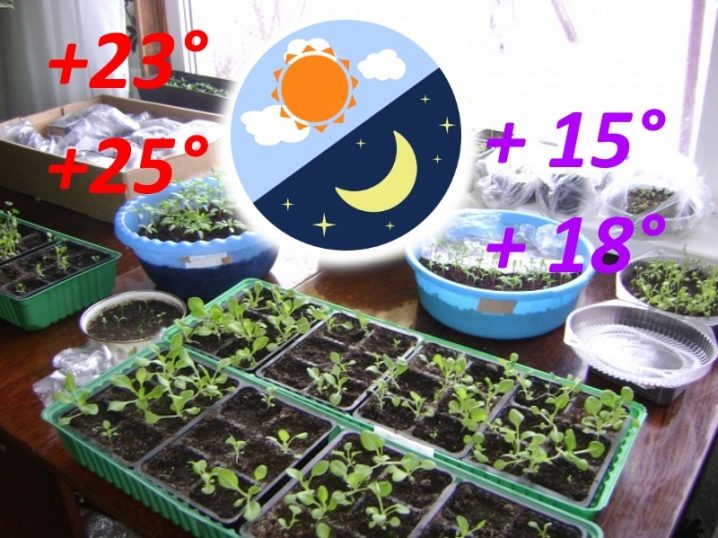
Picking
Correctly carried out picking contributes to more active growth of the root system. It can be carried out when 4 real leaves appear on the sprout. But due to the fact that the shoots during this period are very small, it is difficult to implement it. For a correct pick, a step-by-step implementation of such actions is required.
The soil in containers with seedlings should be well moistened.
The prepared, more spacious container is filled with fresh pre-disinfected substrate.
Carefully, holding the petunia by the leaves, you need to lift the roots with a knife or flat stick and remove them from the ground. The removed shoot should have a lump of soil on the roots.
A hole is made in the soil of the new container, a sprout is lowered into it along with a lump of soil. The stem must be deepened to the first lower leaves.
Then the soil around the seedlings is slightly pressed down.
Watering is done under the root system.
When growing seedlings in peat tablets, picking is much easier: the tablets are transferred to more spacious containers and the soil is poured.
Damage to the roots during a dive is not dangerous for the plant, but the stem cannot be injured. After picking, the growth of the green mass of seedlings may not occur immediately. This is due to the fact that there is an intensive development of the roots. If the petunia was planted in insulated containers, it does not need to be dived.
A pick can be done again after about 1.5 months to regulate the density of seedlings planting. Each time, the seedlings are transplanted into larger containers or a separate container. You cannot apply fertilizer immediately after the pick.
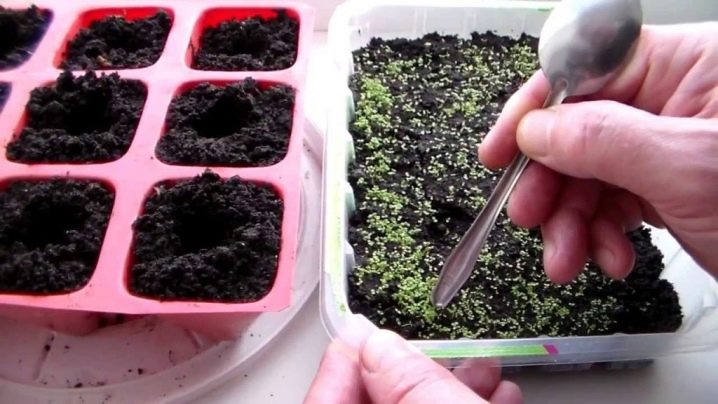
Top dressing
For better seedling growth, you can fertilize the soil before planting. Are applied such drugs:
- "Etin" - stimulating growth;
- "Uniflor" - containing the necessary trace elements;
- "Hydrogel" - regulating soil moisture and increasing plant germination.
But only 2 weeks after the pick, you can do the first feeding of the seedlings. For more intensive root growth, use the Citron remedy. The subsequent application of fertilizers is carried out at a frequency of 1 time in 14 days, alternating drugs that stimulate growth, with complex nitrogen-containing mineral fertilizers.
Most often, ready-made flower fertilizers are used in liquid form, such as "Crystal", "Athlete". When applying fertilizers, you should adhere to the norm. For seedlings, it is better if the rate is slightly lower than exceeding it.
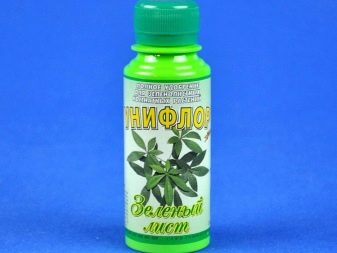
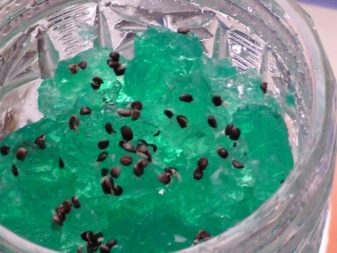
Pinching the processes
Many growers who constantly grow petunia carry out a pinching of seedlings. This stimulates the growth of leaves from the lateral buds. It is done in order to provide the flower with the correct formation of the bush and direct the growth of the side branches evenly in different directions.
This procedure consists in removing two apical leaves and carrying it out when 7 leaves grow on the shoot. After pinching, 5 leaves will remain on it. It is convenient to pinch with nail tweezers or scissors.
Pinching of seedlings is carried out several times. It is repeated again 1 month after the first, pinching the lateral processes. To maintain the decorative appearance of petunias, bushes can be formed constantly throughout the vegetative period.
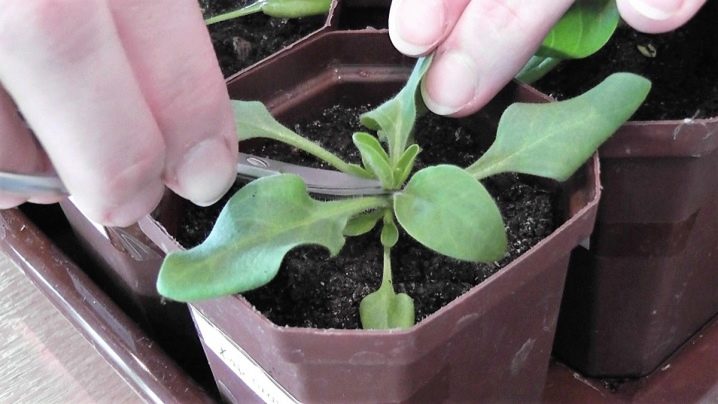
Florists tricks
Many growers have their own little secrets and tricks that they use when growing petunias.
It is better to purchase petunia seeds in packages with an inner layer of polyethylene or foil, since in them the seeds do not lose germination longer (about 2 years) compared to paper bags, in which germination lasts only a year.
When choosing seeds, it is better to focus on a particular variety, rather than buying a mixture of varieties, since often such seeds do not meet the declared description on the bags. As a result, you may not get what you expect.
You can grow seedlings in a mini greenhouse, which is easy to make at home. The plastic bottle must be cut from 3 sides: in height and on the sides. The upper part needs to be bent a little - it will be a lid. Seeds are sown in the lower part and covered with a lid. Such a greenhouse is convenient and comfortable for plants.
When sowing seeds, they must be lightly pressed to the ground for a closer contact with the ground.
When sowing, it is necessary to take into account the possible loss of shoots during growth or picking. Therefore, it is recommended to sow slightly more seeds than you need.
To make the seeds clearly visible, they are poured onto a white plate or saucer. Then they are picked up with a wet sharp stick or toothpick and placed in the ground.
When sowing, use another toothpick, which marks the place where the seed should be placed. This allows the seeds to be distributed evenly.
Before watering the seedlings, you can add a few drops of lemon juice to the water (squeeze out of the lemon).
For faster germination of seeds, they must be kept warm - you can put containers next to the heating battery.
Petunia is considered a troublesome plant in terms of growing seedlings. However, knowledge of the various methods of its sowing and their nuances, as well as the fulfillment of all the rules of care, will ensure its successful growth, and in the summer - the lush flowering of the culture.
You will learn more about how to sow petunias for seedlings in the following video.







































































































The comment was sent successfully.